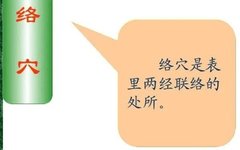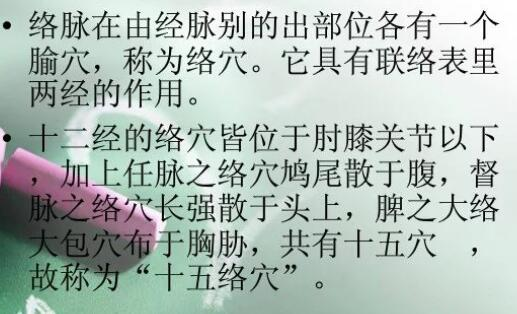
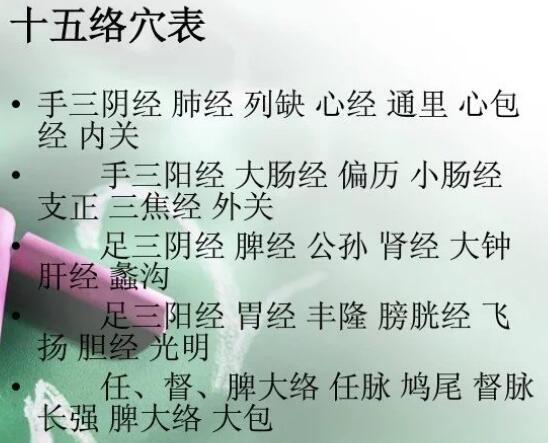
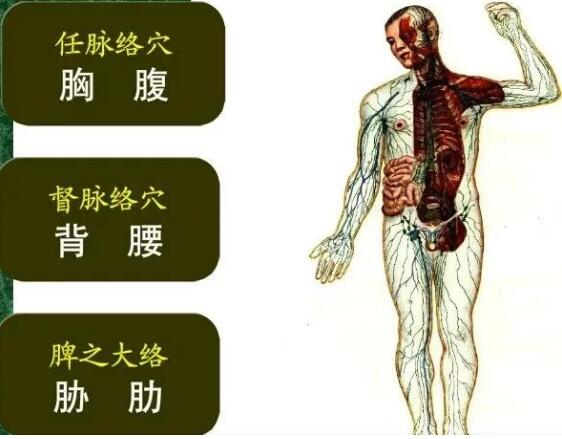
The main function of the luo mai (络脉) is to strengthen the connection between the interior and exterior of the twelve primary meridians.
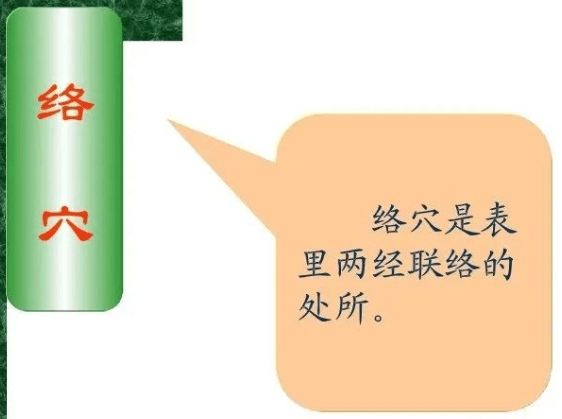
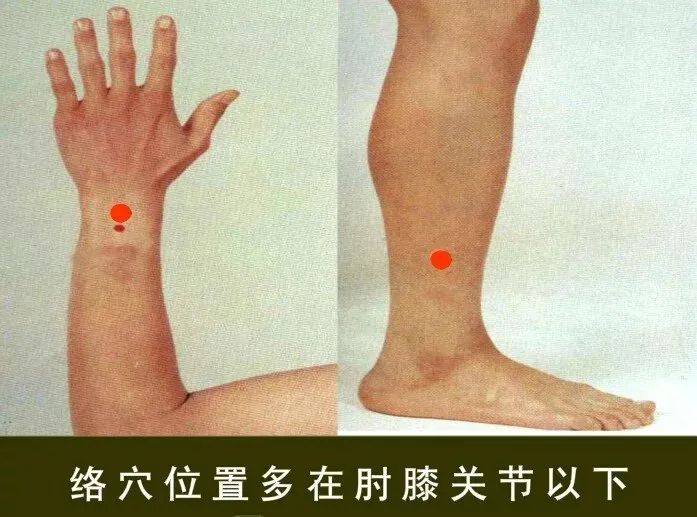
Although the luo mai also connects to the internal organs within the chest and abdomen, it does not have fixed connections; it emphasizes communication between the superficial and deep meridians distributed in the limbs.
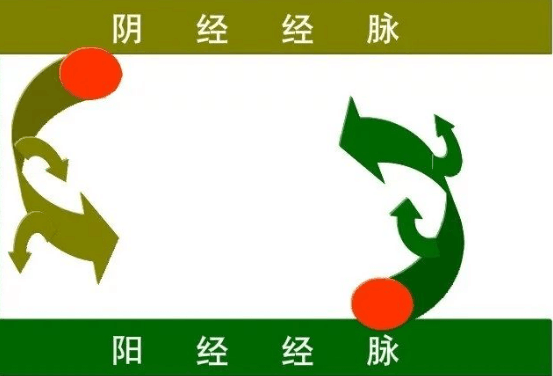
The yin yang (阴阳) meridians are interconnected through the luo mai, hence the saying “one luo connects two meridians”.

Therefore, luo points (络穴) can not only treat diseases of the primary meridians but also address symptoms of both the exterior and interior meridians.
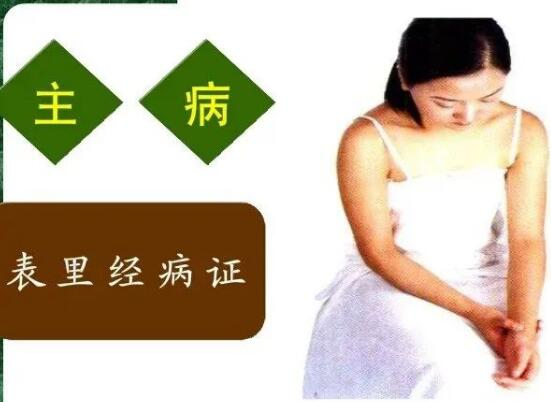
The fifteen luo points are as follows:
Lung Meridian Luo Point: Lie Que (列缺穴)


Heart Meridian Luo Point: Tong Li (通里穴)

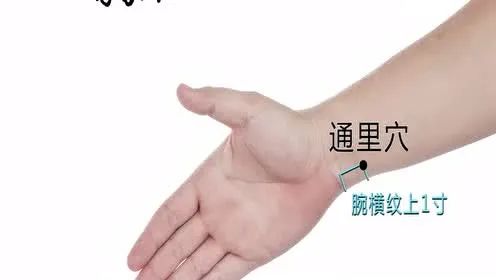
Pericardium Meridian Luo Point: Nei Guan (内关穴)

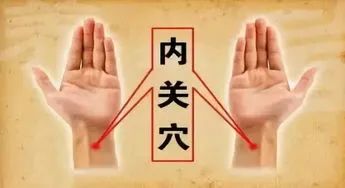
Large Intestine Meridian Luo Point: Pian Li (偏历穴)


Small Intestine Meridian Luo Point: Zhi Zheng (支正穴)

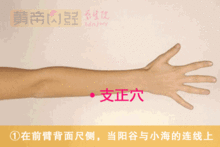
Triple Burner Meridian Luo Point: Wai Guan (外关穴)

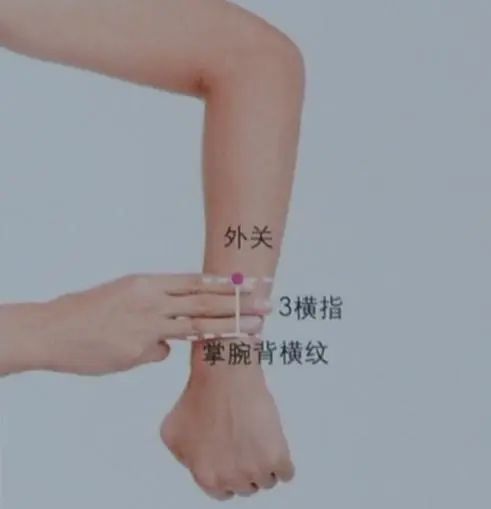
Stomach Meridian Luo Point: Feng Long (丰隆穴)

Below video is sourced from Health One Line
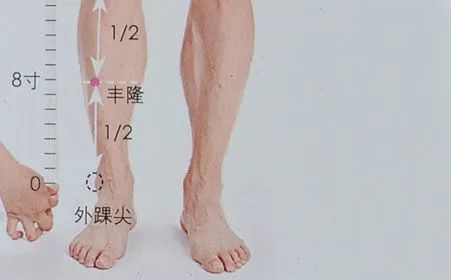
Bladder Meridian Luo Point: Fei Yang (飞扬穴)


Gallbladder Meridian Luo Point: Guang Ming (光明穴)


Spleen Meridian Luo Point: Gong Sun (公孙穴)

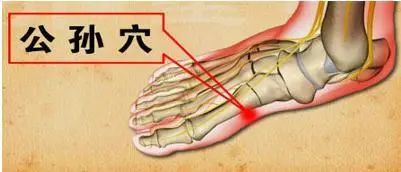
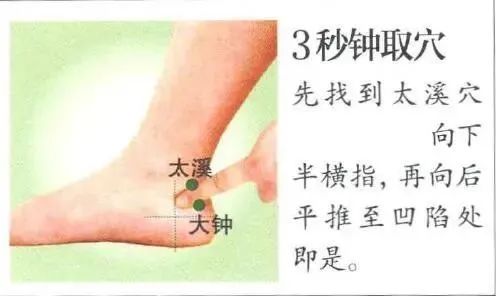
Kidney Meridian Luo Point: Da Zhong (大钟穴)

Liver Meridian Luo Point: Li Gou (蠡沟穴)


Ren Meridian Luo Point: Jiu Wei (鸠尾穴)


Du Meridian Luo Point: Chang Qiang (长强穴)

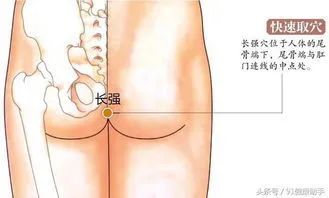
Spleen’s Major Luo Point: Da Bao (大包穴)

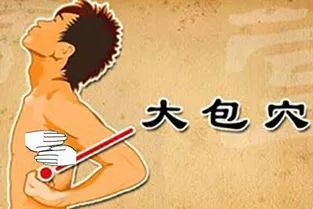
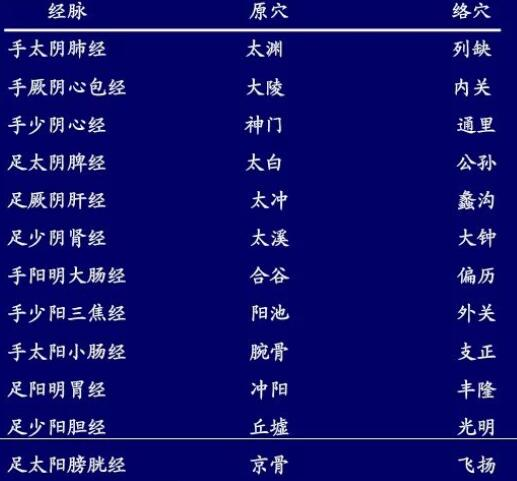
For parents, not knowing medicine is unkind; for children, not knowing medicine is unfilial.
Welcome everyone to visit Caiyun’s official WeChat account.

